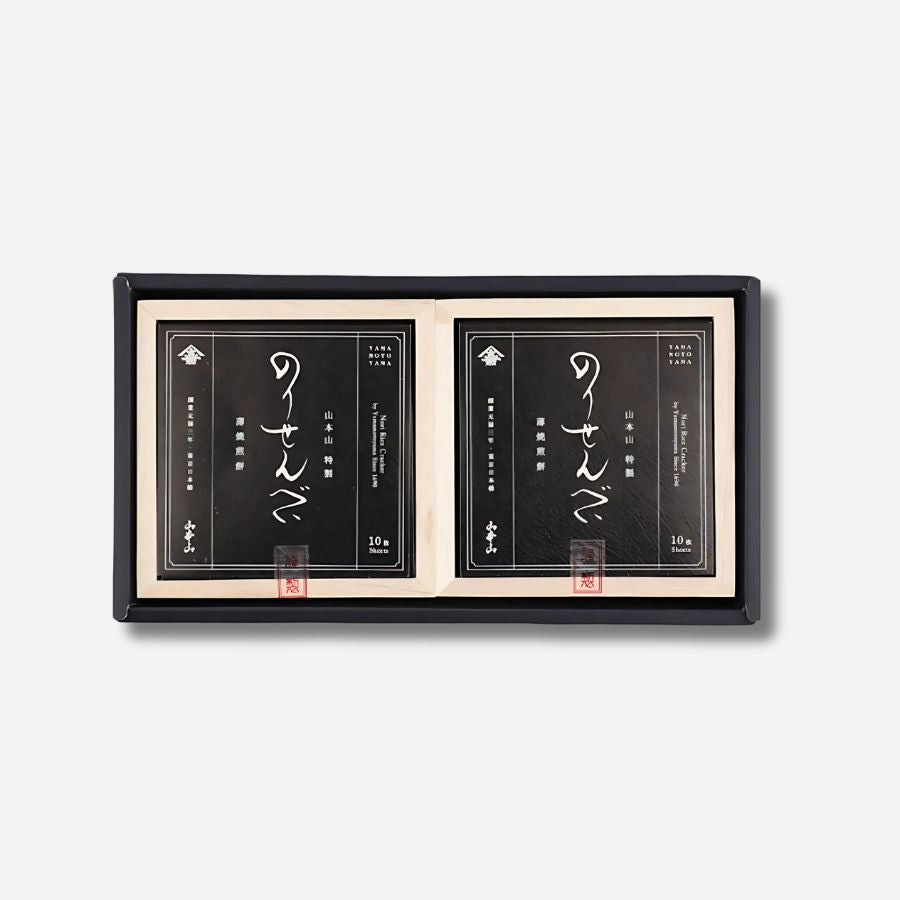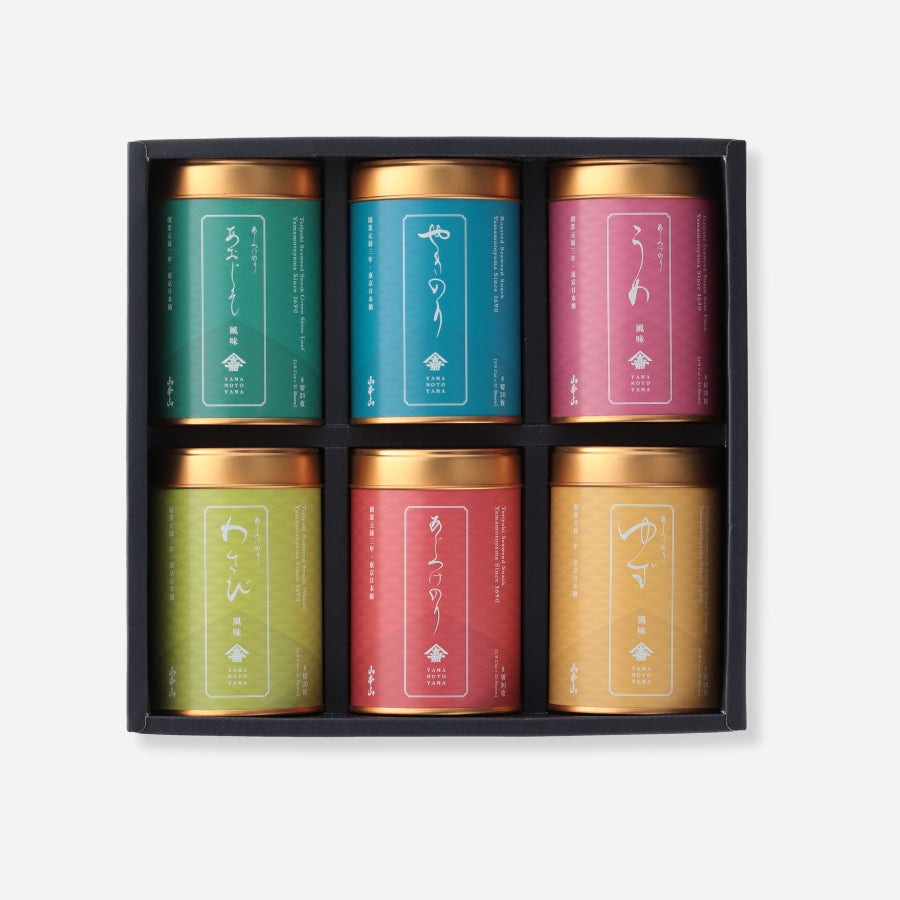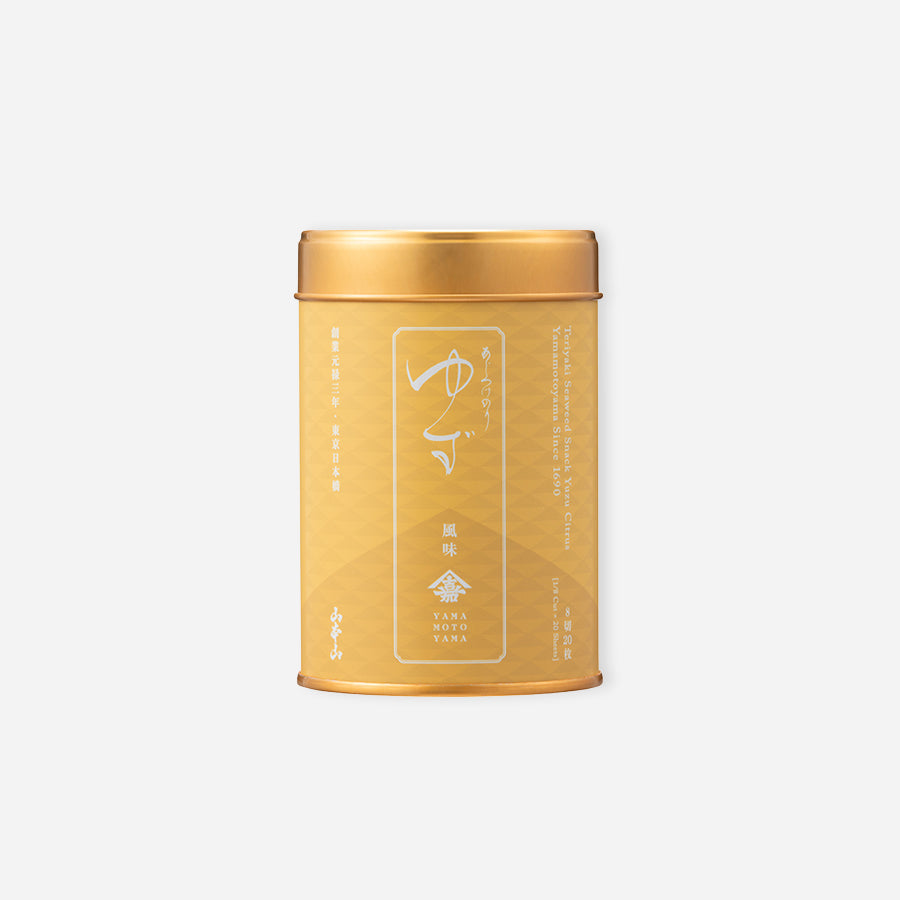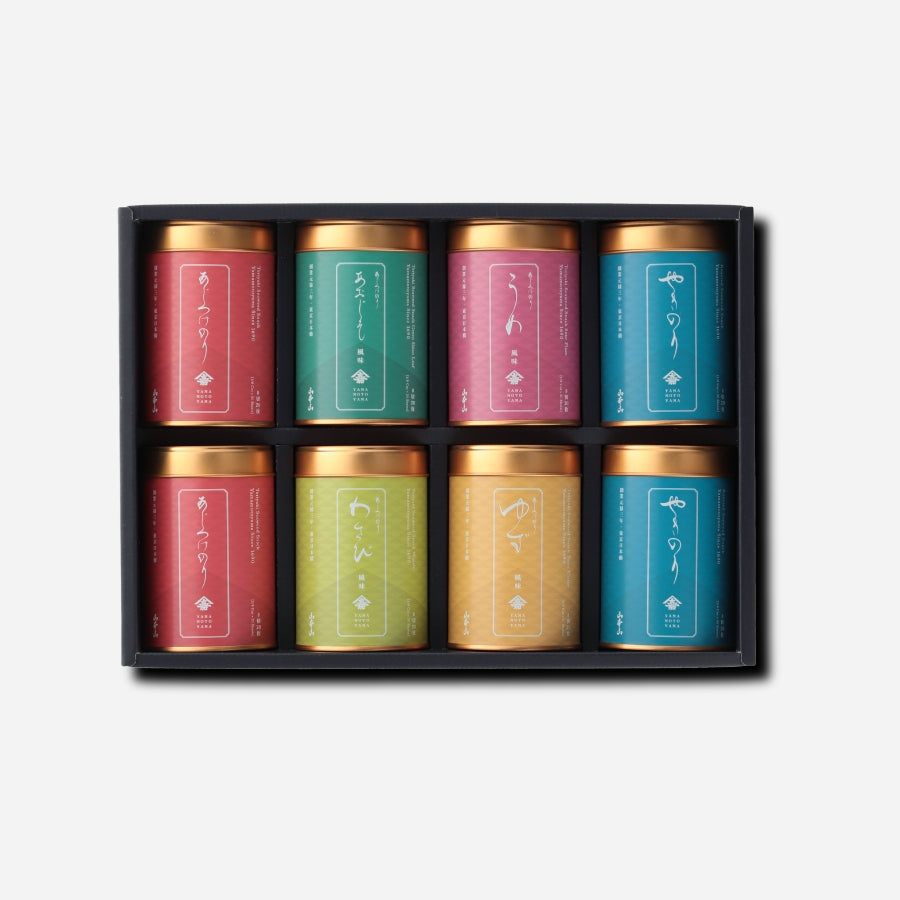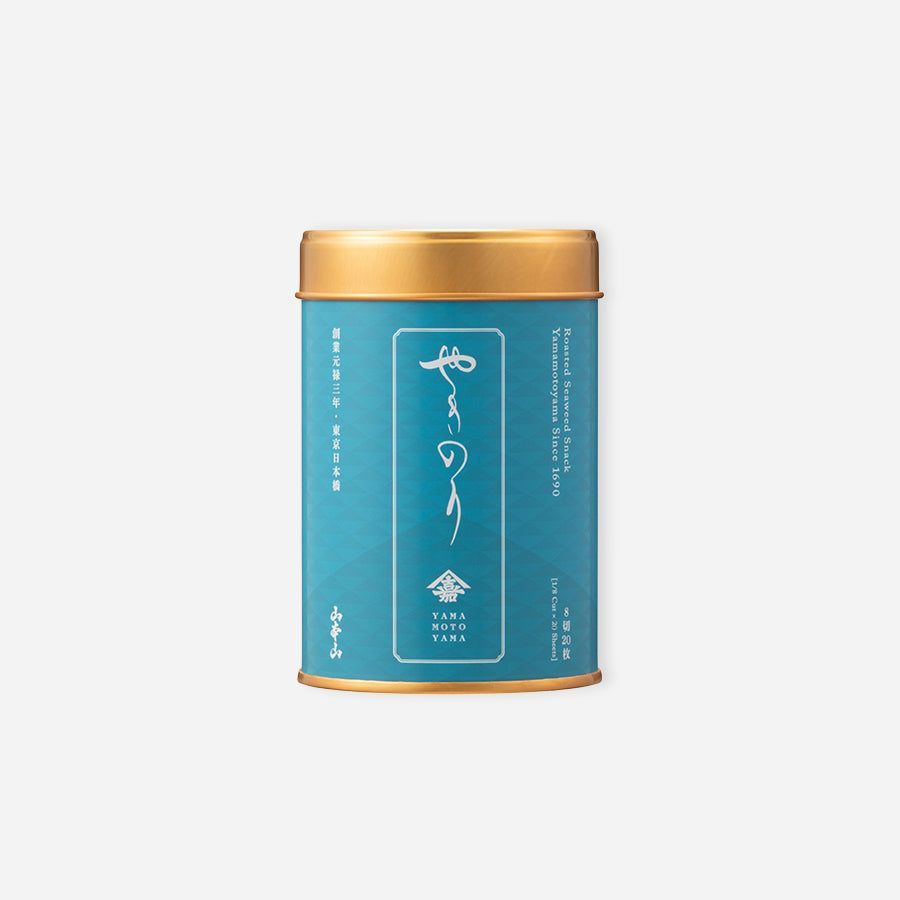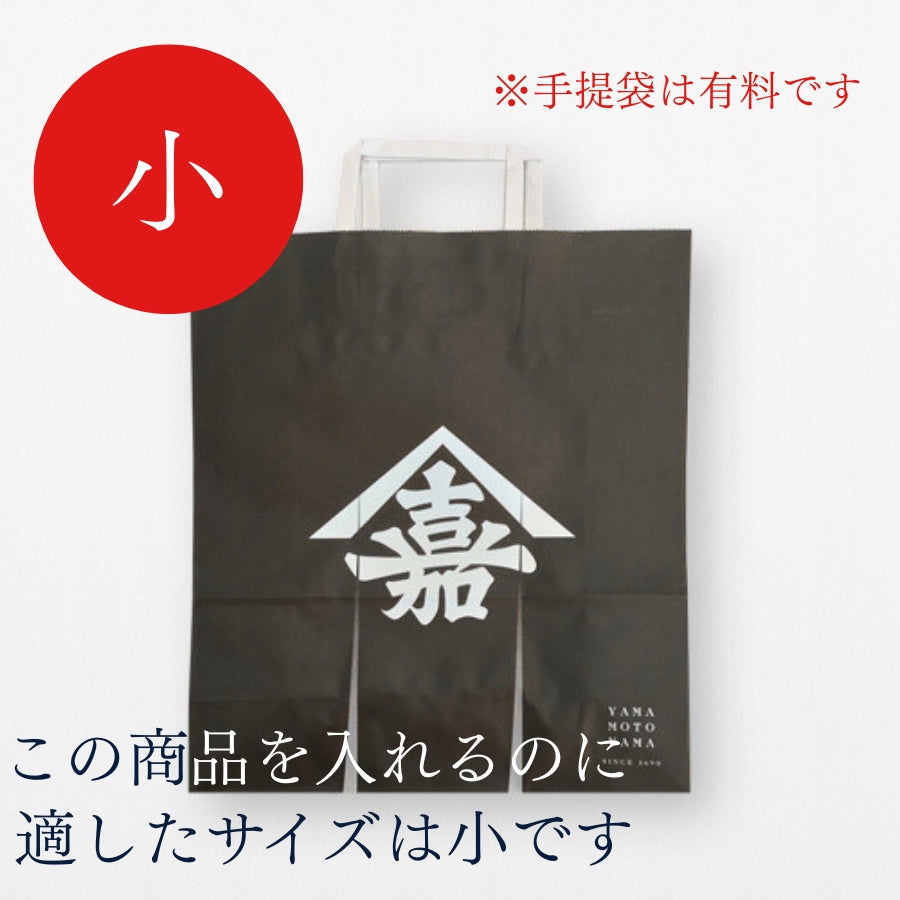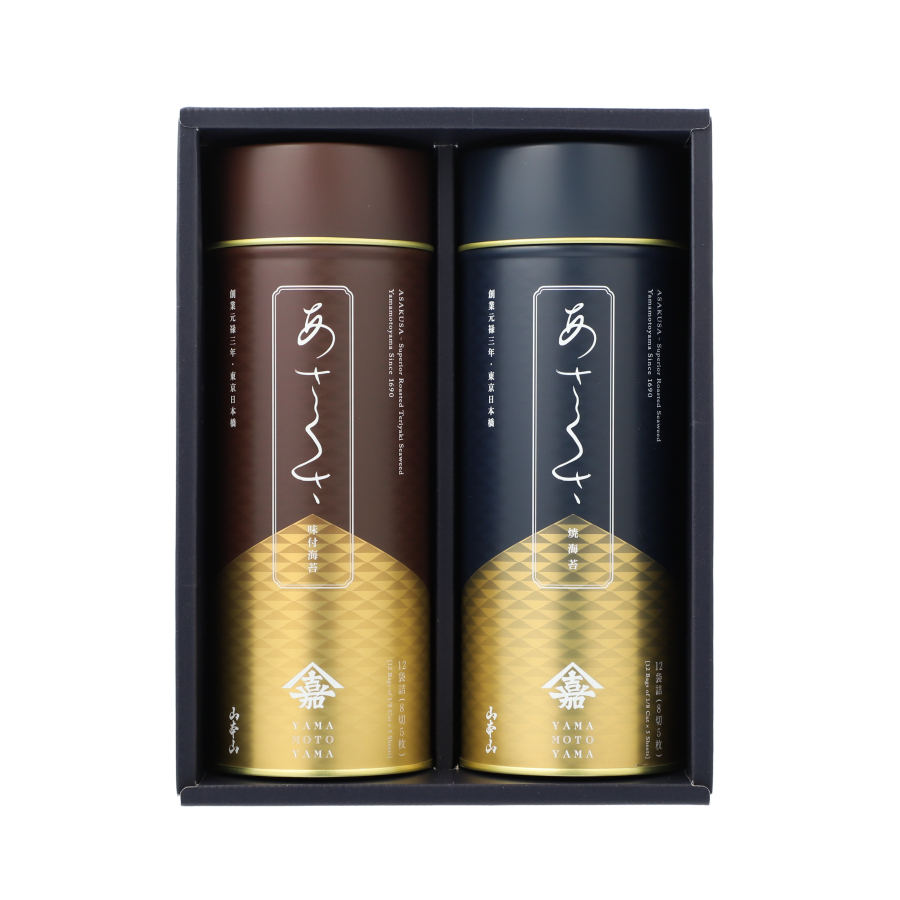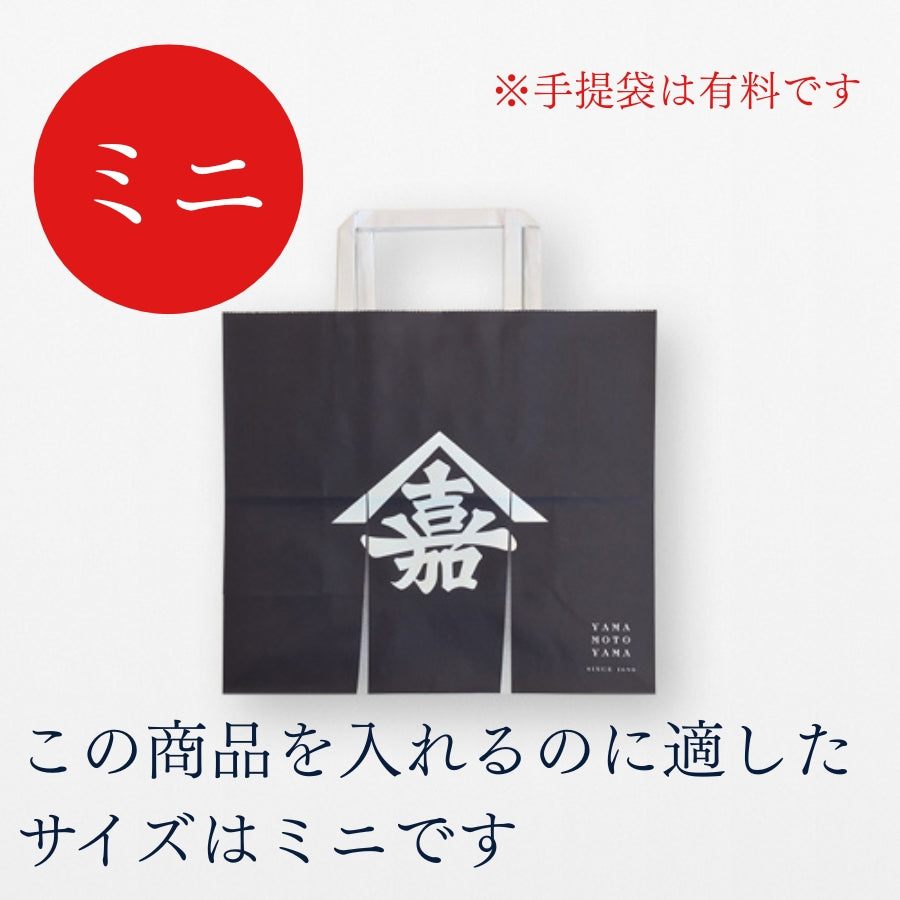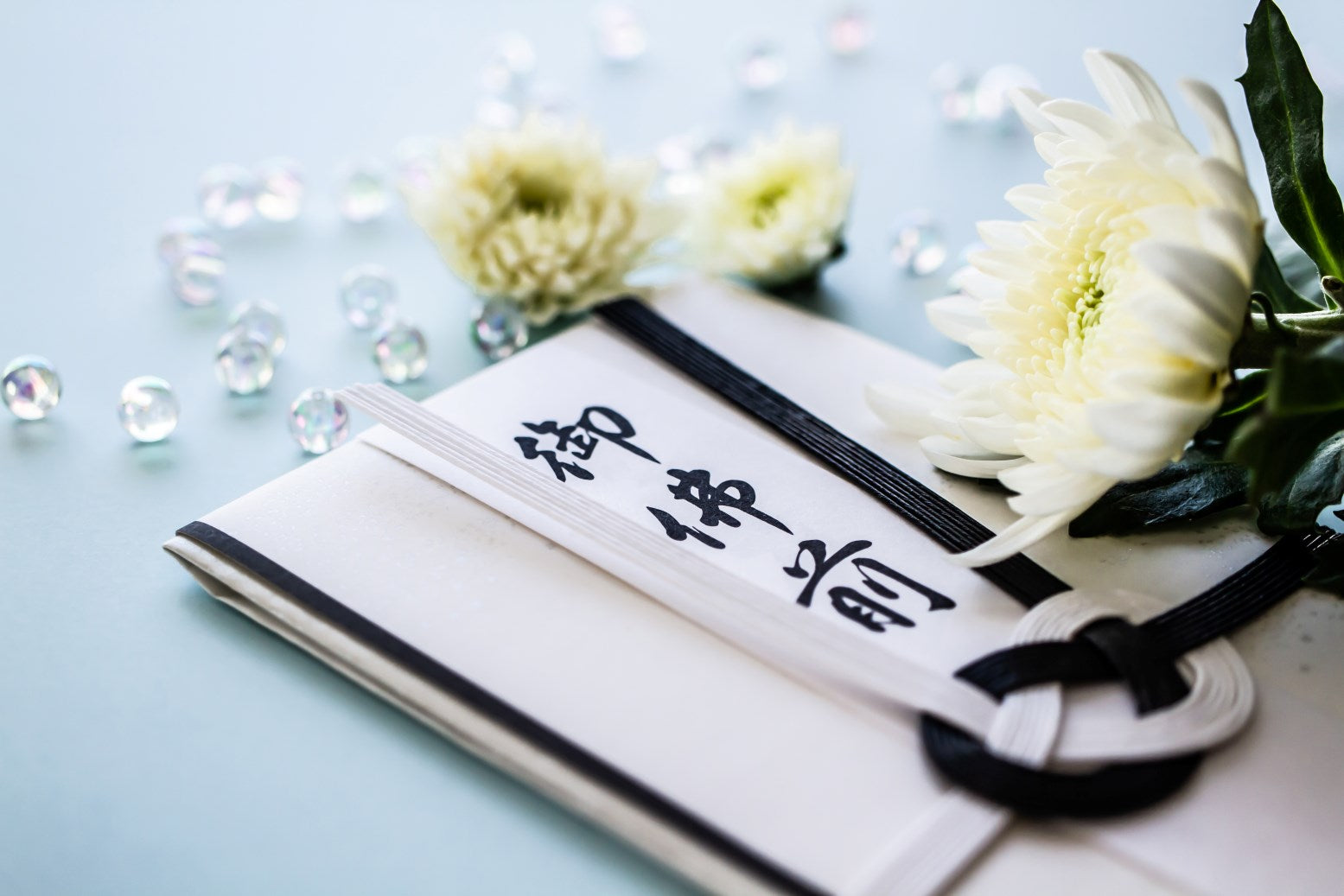
A complete guide to funeral return etiquette! A thorough explanation from how to choose to etiquette
- What is a condolence gift?
- The meaning and origin of kodengaeshi
- Timing of giving the condolence gift
- Etiquette for Returning Funeral Offerings
- How to write a condolence letter
- What is the average amount for a condolence gift?
- Tips for choosing a gift in return for a funeral offering
- Why is seaweed chosen as a gift in return for a funeral offering?
What is a condolence gift?
A koden-gaeshi is a gift given as a thank you for the koden given at a Buddhist or other funeral.
Generally, a thank-you gift is sent along with a greeting card within one month after the end of mourning.

The meaning and origin of koden-gaeshi
Since the Edo period, when news of a death has arrived, it has been a custom to deliver incense sticks and other offerings to the spirit of the deceased. This custom remains in modern times in the form of a koden-gaeshi.

Why do we give condolence gifts?
First, it is intended to convey gratitude. It is used to convey gratitude to those who attended the funeral and gave condolence money. It also has the meaning of conveying feelings of devotion.
Let's remember the deceased and convey our feelings of condolence. It also serves as a greeting to mark the end of mourning. It also serves as an announcement that the mourning period has ended.

Timing of giving the condolence gift
It is customary to hand over the condolence gift along with a greeting card within one month of the end of mourning.
If you can't hand it over in person, it can be delivered, and delivery is probably the more common method these days.
The end of mourning means 50 days after the death of the deceased. Before the end of mourning, the greeting card should say "Mourning Incense Return" on the front, and after the end of mourning, the greeting card should say "Incense Money Return".

Etiquette for Returning Funeral Offerings
There are also rules for gifts in return for funeral offerings. Express your gratitude by providing the following three items.
Also, if you are handing it over in person, please be sure to hand it over carefully using a fukusa (Japanese traditional cloth). Gifts in return for condolence money are important for conveying feelings of gratitude and condolence. Please follow proper etiquette and avoid being rude.
- On the envelope, write "Thank you" or "Condolence gift in return."
- Name : Write in light ink.
- Greeting letter : Briefly write about your relationship with the deceased and the reason why you chose the condolence gift.

How to write a condolence letter
There is no set format for a thank you letter for a condolence gift, but it is important to observe basic etiquette.
1. Writing
First, make sure to use the salutation and closing phrases. When using Dear, Sincerely, or Kusaka, be sure to use them together with other phrases such as Sincerely, Sincerely, or Kusaka.
Next, use words that express your relationship with the deceased and state the reason for sending the gift (such as the end of mourning). At the end of the letter of apology, add a word of apology such as "This is a small token of my gratitude."
2. Contents
First, convey your gratitude for the condolence money you received. Next, inform them that the mourning period has ended. Explain briefly about sending a condolence gift and the items you will be sending, and finally, express your gratitude for your relationship with the deceased while they were alive, and include words of concern for the other person and their family.
3. Other
In the past, it was considered preferable to write it by hand, but nowadays this is rare. It is okay to write it on a computer.
If you are writing by hand, use a ballpoint pen or brush pen and write in black ink. Make sure to use plain white letter paper. On the envelope, write "Thank you" or "Condolence gift."
Below are some example sentences.
Dear Sir/Madam, I hope you are well and prosperous. I would like to express my sincere gratitude for the special kindness you showed me recently on the occasion of ○○.
Well, we have successfully completed the 49th day memorial service for XX. We are deeply grateful for the kindness shown to us during his lifetime, and would like to send you a small token of our appreciation. We look forward to your continued guidance and support. Sincerely yours.
The above is just an example. Please change the content according to your situation.

What is the average amount for a condolence gift?
The amount of the condolence gift should be roughly half of the amount of the condolence money received. This may vary depending on the region and sect, so it is a good idea to check in advance.

Tips for choosing a gift in return for a funeral offering
There are no regional or sect-specific rules for what to give in return for a condolence offering, but generally, everyday items or food items that are considered to be perishable are chosen.
Popular items include detergents, bath salts, seaweed, sweets, and tea.

Why is seaweed chosen as a gift in return for a funeral offering?
Yamamotoyama products are very often chosen as gifts in return for condolence money. There are several reasons why seaweed is chosen for this purpose.
1. Lost Items
Generally, gifts in return for condolence money are everyday items or food items known as "disappearing items." Seaweed disappears once eaten, so it is given as a token of hope that misfortune will not be repeated.
2. Buddhist cuisine
Seaweed has long been used in shojin ryori (traditional Japanese cuisine). Shojin ryori (traditional Japanese cuisine) is a type of cuisine that does not use meat or fish, and was eaten by Buddhist monks. As most funerals in Japan are Buddhist events, the seaweed used in shojin ryori (traditional Japanese cuisine) is considered to be an auspicious item for funerals.
3. Preservation
Nori has the characteristic of having a long shelf life. It is common to give gifts in return for koden after the end of mourning. The end of mourning means 50 days after the death of the deceased. Nori, which can be stored for 50 days, is the perfect food for a gift in return for koden.
4. Ease of use
Another advantage of seaweed is that it is easy to get at supermarkets. When choosing a gift for a funeral, you often don't have much time. Seaweed is easy to get and is useful in such cases.
5. Versatility
Nori is a food ingredient that is popular among people of all ages. It has the advantage of being an easy choice for a condolence gift, as it is enjoyed by everyone, from children to adults.
6. Luxury
Recently, there are many high-quality seaweed products on the market. By giving high-quality seaweed, you can convey your gratitude to the deceased.
For the reasons mentioned above, Yamamotoyama nori is often chosen as a gift in return for a condolence gift. Below, we will introduce some of the most popular items for condolence gifts.





